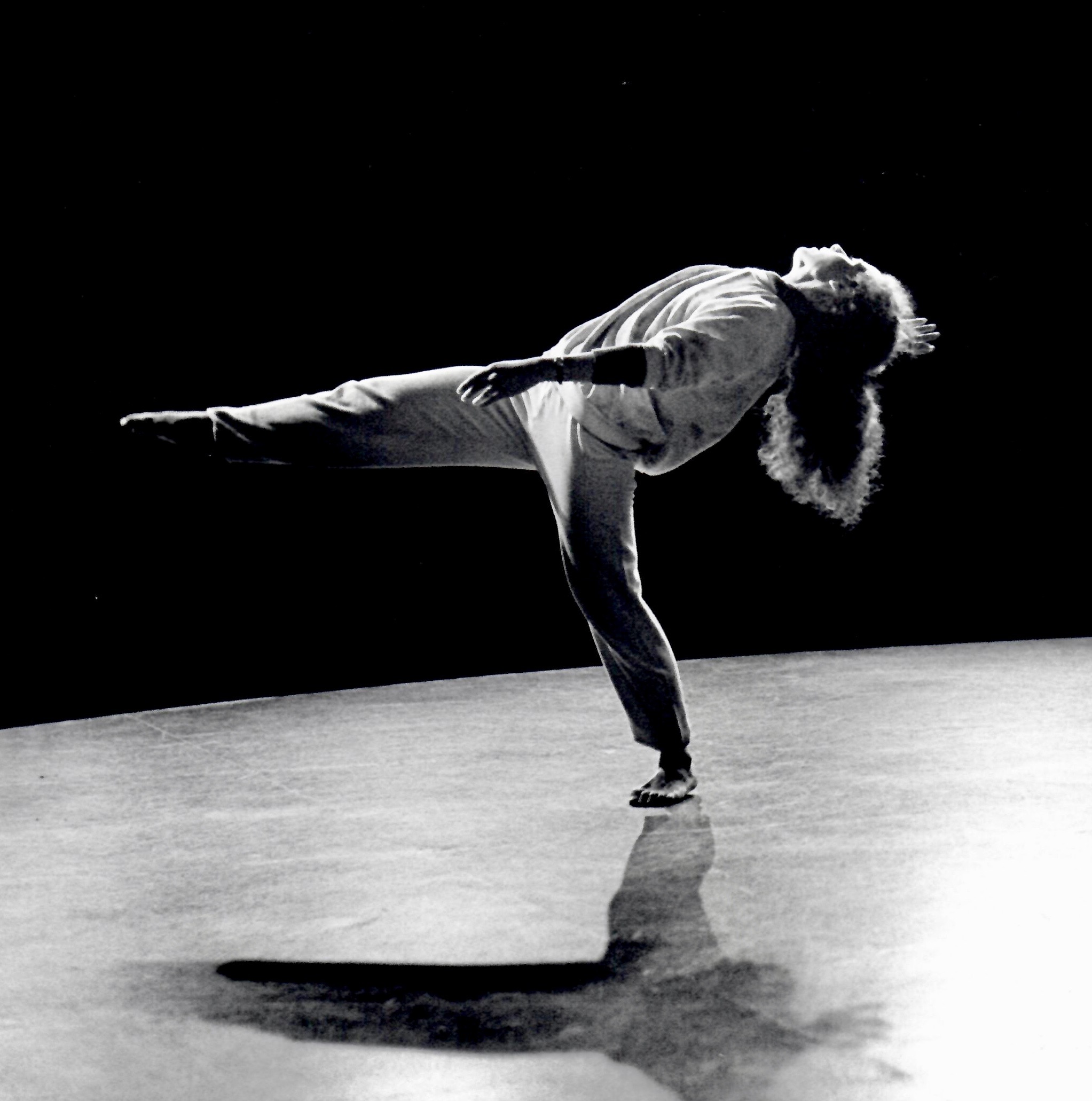Over this High Holiday season I received three emails from three friends living in three different places (Boston, Santa Fe, Poughkeepsie) referring me, sometimes with a link, to what was happening at Central Synagogue in New York City. The first one was a link to a beautiful tribute by Rabbi Angela Buchdahl remembering Ruth Bader Ginsburg. I loved watching it for several reasons. First of all I remember Angela when she was Associate Rabbi and Cantor at Westchester Reform Temple in Scarsdale, having been ordained as a cantor in 1999 and as a rabbi in 2001. She led services for students in the religious school and I remember one of the last things I did at Westchester Reform Temple was participate with the Avodah Dance Ensemble in a service she was leading. Now she is the Senior Rabbi at Central Synagogue, one of only a few women serving as leaders of a major United States synagogue. Even though she has been the Senior Rabbi since 2014, this was the first time that I saw her in action, and I loved the meaningful and beautiful way she honored RBG. Here’s a link to watch it.

Rosh Hashanah at Central Synagogue (screenshot).
The second email sent me links to where I could watch the High Holiday services. This was from a friend now living in Boston who had once been a member of Central and was so glad that she could stream the services. If you are a regular reader of this blog you know from the recent blog on 9/11 that I have moved away from attending services and find my spiritual life in meditating and exploring Buddhism. I did appreciate my friend sending me the links, and in doing research for this blog I learned that back in 2013 Central Synagogue was streaming their services with over 20,000 viewers from all around the world. This holiday season 49K watched the Kol Nidre service on YouTube!
The third email was from Kezia, editor of this blog. She, too, remembers Angela from Avodah experiences, and through Central’s taped services, Kezia has been appreciating Angela’s extraordinarily insightful, beautiful and moving leadership for some time. She had just streamed the Yizkor service, which included dance! Well that got my attention and so I decided to check it out. I was glad I did. Twenty minutes of dance was woven into the opening “legacy” part of the afternoon service which retells, as described by Rabbi Ari Lorge, the “Jewish story from creation to redemption.” Included in this twenty minutes was reference to the traditional Avodah service of ancient times when the High Priest entered the Holy of Holies to present an offering. That service has particular meaning for me as that was the name I chose for the dance company I directed for years.
The twenty-five minutes with narrative and song from Central Synagogue’s clerical and musical staff was performed by Jonah Bokaer. Rabbi Lorge mentioned in his introduction that Central was taking advantage of the open space that they had created for the virtual services. And he noted that dance has been a part of Jewish tradition since King David danced before the Ark. Of course there are lots of other references that could have been used. The mood was set and a clearly strong technical dancer weaved through the space, narrative and song. It was a very sincere performance and I particularly liked the moments when he moved boldly through space. Unfortunately Jonah was dressed in black and we often lost a lot of the movement as he blended into the shadows and poor lighting in various areas.
Jonah’s background is quite interesting as he combined being a member of the Merce Cunningham Company from 2000 to 2007 with a degree in Visual and Media Studies at the New School. He has won numerous awards and grants and is a frequent choreographer for Robert Wilson. I watched a few videos of Jonah on YouTube and was struck by how much more interesting the movement was than what I saw in the service at Central Synagogue. I hope he will continue to explore using his talent as part of services and will bring his strongest creative talent to that setting. Here’s a link that is currently on line to watch three minutes of Jonah’s dancing at Central.
Always fun to open emails and get some surprises, as I did in the past few days.

[print_link]








